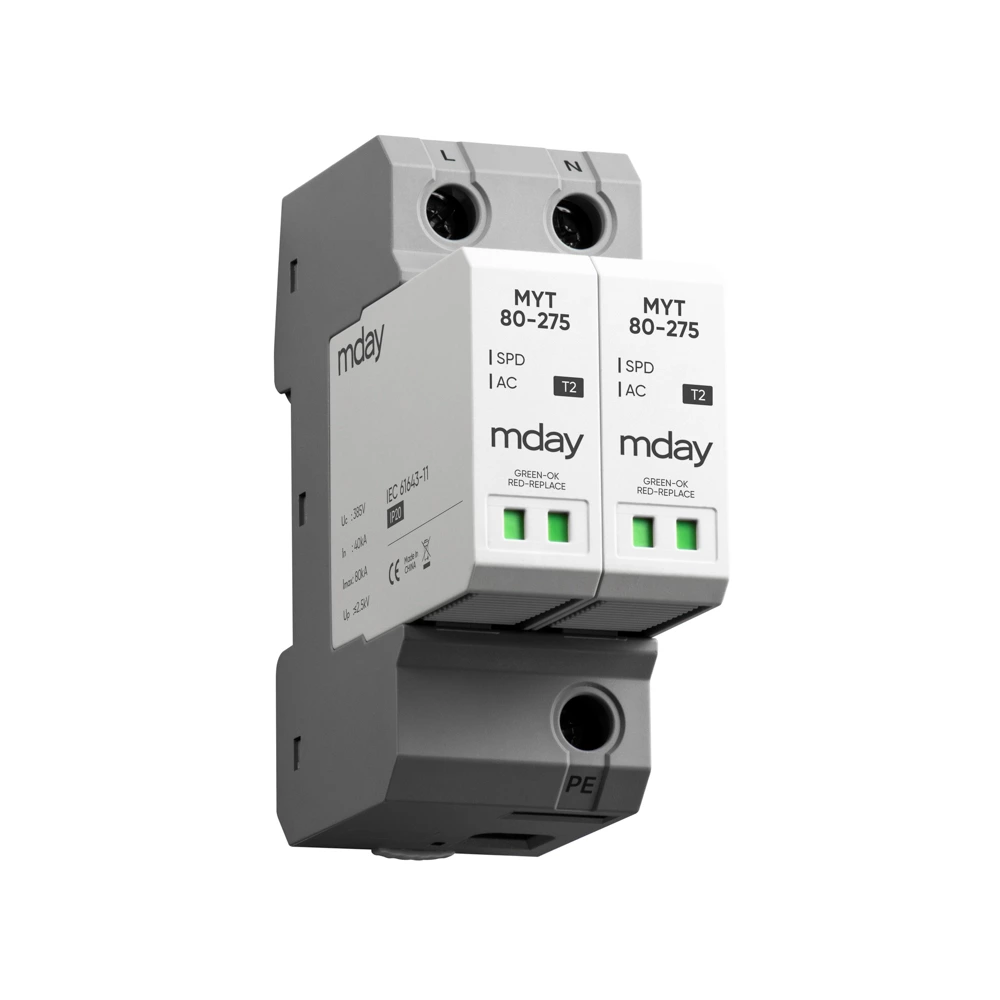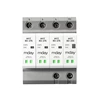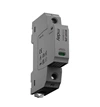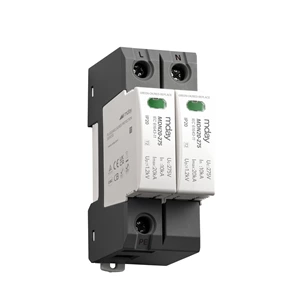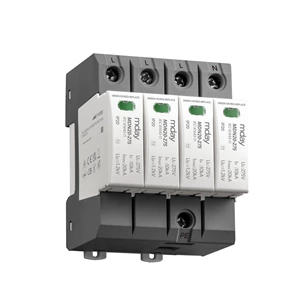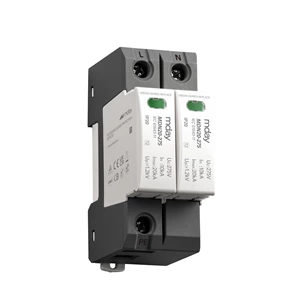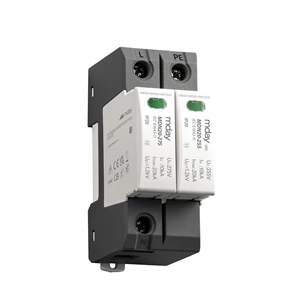The Role And Necessity Of Installing Surge Protectors On Surveillance Cameras
First, consider the video signal SPD connected in series to the camera's output: the SPD's top terminals connect to the video line's input and output, and a grounding point that's normally open to the video line (some products have this function as a normal short circuit). Under high voltage, internal components short-circuit the video line to ground to dissipate the lightning current.
It should be noted here that when the camera is connected to a pole to receive lightning, the video signal SPD's discharge path is: "lightning rod body - camera - video short line - short-circuited SPD internal discharge component - grounding point - grounding grid." During lightning protection, the two "lightning current discharge paths" of the lightning rod and the SPD are connected in parallel to discharge to the ground grid.
When a pole lightning rod receives lightning, the enormous discharge current generates a significant "lightning strike back voltage" on the rod body; this "lightning strike back voltage" is also applied to the top of the video signal surge protective device. If this SPD can reduce a "lightning voltage" exceeding 400,000 volts to less than a dozen volts, then the lightning current dissipation capacity of the surge protector must be significantly greater than that of the lightning rod, ensuring that the lightning current is "primarily discharged through the SPD" rather than the lightning rod. It's hard to imagine that "surge protection device uses an insulated multi-strand copper core yellow-green soft wire ≥2.5mm2 directly connected to the ground grid" and its discharge capacity can far exceed that of a metal pole? Obviously, it is impossible, and the only consequence is "self-destruction by attracting lightning."
